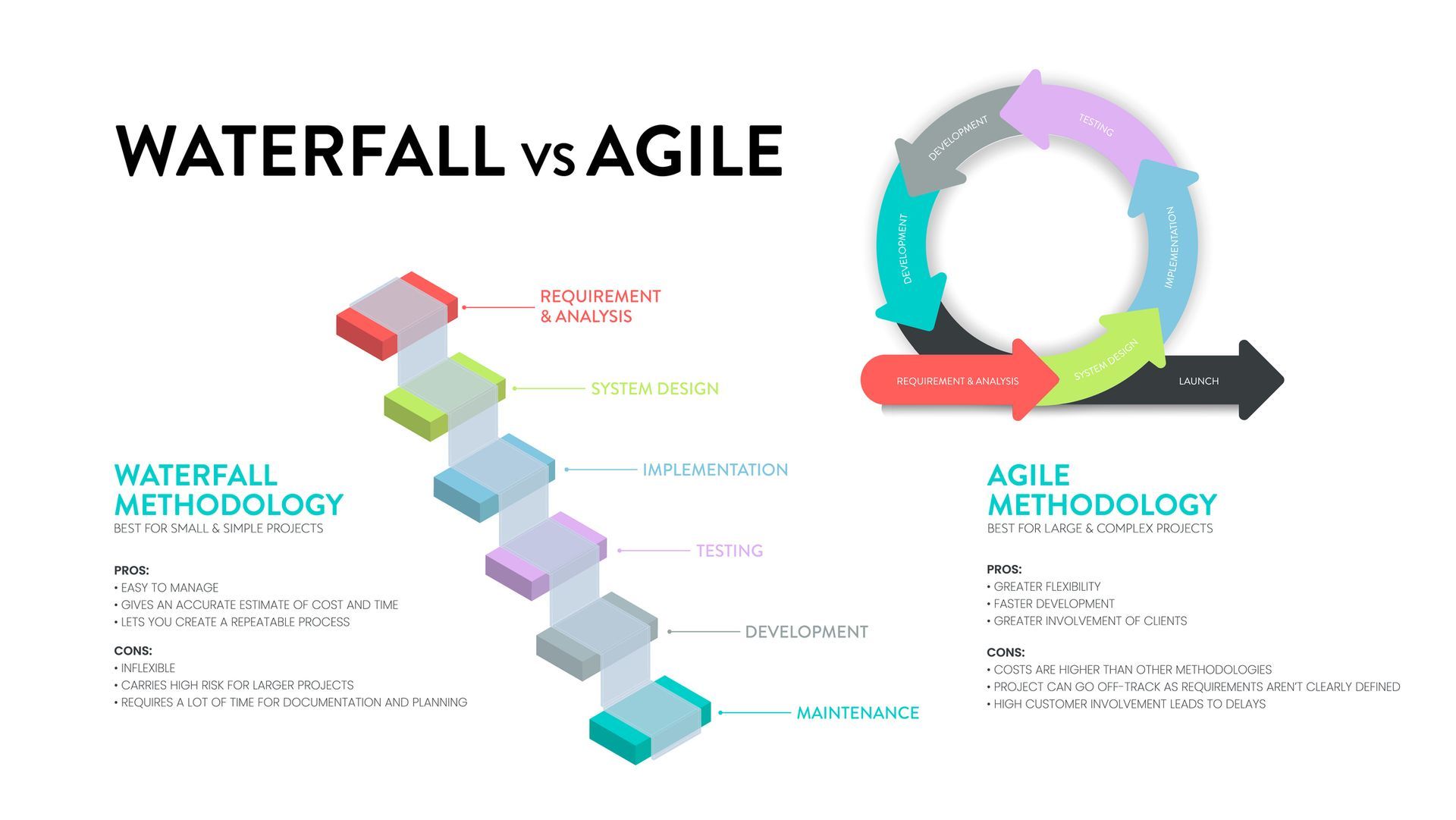How Agile Auditing Saved a $3M Project
As organizations face unprecedented changes—ranging from rapid technological advancements to evolving regulatory landscapes—traditional audit methods are increasingly falling short.
Agile auditing offers a dynamic approach that can address these challenges more effectively by providing real-time feedback and enhanced flexibility.
Yet despite its advantages,
only 26% of internal audit functions have embraced Agile principles fully(1). This slow adoption can be attributed to several barriers:
- Lack of Knowledge: Limited understanding of Agile methodology and its application.
- Resistance to Change: Reluctance from both auditors and management to shift from traditional practices.
- Integration Challenges: Difficulty in adopting the Agile operating model within organizations that have yet to adopt Agile methodologies more broadly.
However, adopting agile auditing can significantly reshape the landscape for organizations willing to embrace this approach. To provide more detail on the agile method as applied to internal audit, we'll walk through some agile audit basics and conclude with a real life agile audit success story.
Agile: Going Beyond Waterfall
Agile is a project management methodology that emerged in 2001, originally designed by software developers to overcome the limitations of the traditional waterfall approach. Unlike the rigid waterfall method, Agile promotes iterative progress through continuous feedback and flexibility. Waterfall is a methodology more widely adopted in finance, audit, and compliance due to external reporting requirements imposed by regulations.

Key Agile Principles Applied to Auditing
Agile methodology uses 12 guiding principles(2) that support teams in implementing and executing with agility and several of them are very beneficial to conducting audits.
- Customer Satisfaction:
Principle 1 is focused on satisfying the customer through the early delivery of services. In an audit context, this translates to timely delivery of results to improve the value to stakeholders.
- Collaboration: Principle 4 is focused on business people and developers working together daily throughout the project. In an audit context, this translates to continuous engagement with business units to ensure that audit activities remain aligned with their evolving needs.
- Motivated Teams:
Principle 5 is about building projects around motivated individuals. Give them the environment and support they need, and trust them to get the job done. In audit, this translates to hiring motivated people and nurturing them to deliver excellent results.
Adopting the Agile Methodology in Internal Audit
Adopting the agile methodology as the audit operating model can be challenging especially if the rest of the organization operates differently. However, audit functions can easily adopt an iterative process at least in the following two areas:
Risk Assessments:
Integrate audit findings with enterprise risk management programs to promptly identify and address new risks, allowing for adjustments in the audit plan. Discover simple tactics to evolve your risk program in our blog titled “ERM in Focus: Why CEOs are Demanding Better Risk Management”.
Audit Projects:
Implement Agile principles in large-scale projects by using iterative reviews, short reports, frequent validation of observations, and continuous feedback loops. This approach enables auditees to address findings as they arise, rather than waiting until project completion. Examples of those projects include organization-wide ERP or HRIS system implementations.
We suggest, however, that the agile methodology should not be applied to
all audits. For instance, internal controls testing has timeline constraints and prescriptive testing methodology imposed by external standards.
Benefits of Agile Audits
- Increased Efficiency, Engagement and Satisfaction: Results from a Deloitte survey in 2021 showed promising evidence that Agile IA is helping functions to achieve better impact, faster insight, and happier and more engaged stakeholders.(5)
- Improved Quality:
According to 82% of internal audit professionals, continuous feedback mechanisms inherent in Agile projects significantly enhance audit quality.(4)
Overcoming Adoption Barriers
To successfully adopt the agile methodology in internal audits, consider the following strategies:
Pilot Projects: Start with audit projects to demonstrate Agile’s value and build momentum.
Training and Workshops: Offer targeted training to bridge knowledge gaps and foster a culture of innovation.
Process Documentation: Ensure that the agile process is well documented and understood by the audit team.
Clear Communication: Your stakeholders are more likely used to the traditional waterfall audit process. Therefore, it is important to articulate the new process and benefits of the Agile methodology.
AdviseUp Case Study: Agile Audit in Action - How Agile Auditing Transformed a $3M Project and Avoided Penalties.
A Massachusetts-based healthcare payer with $2.6B in revenue embarked on a $3 million claims-processing implementation with a tight one-year deadline — when most projects like this take up to two and a half years.
The stakes:
- Missing the deadline would mean regulatory penalties and enrollment suspension.
How we helped: Real-time action
- We divided the audit into sprints aligned with the project phases to address critical risks before they snowballed.
- We aligned audit scopes with project milestones, offering leadership peace of mind that the project was on track.
- We provided guidance to address findings quickly and ensured project team resolved them before the next sprint began.
The outcome: On-time resolution
- The project was completed on time with minimal issues and avoided CMS regulatory penalties.
- The audit team provided the management and Board of Directors with concise and actionable reports after each sprint, allowing them to prioritize resources as needed.
- The project team took action in real time to minimize liability.
Concluding Thoughts
Agile isn’t just a buzzword reserved for software devs or trendy tech startups anymore, the agile methodology presents considerable benefits for internal audit functions. While we never recommend following audit trends blindly, at face value, agile internal audits can empower organizations to navigate the constantly evolving risk landscape more effectively.
By adopting agile principles, internal audit teams can increase their efficiency, reduce documentation burdens, foster collaboration, elevate stakeholder engagement, and provide valuable insights- ultimately establishing themselves as essential strategic partners in driving organizational success.
How AdviseUp Can Help
If you don’t know where to start, contact AdviseUp.
AdviseUp provides expert internal audit consulting services with decades of practical, on-the-ground experience building and transforming audit programs. Start preparing your business for the future today.
Resources
(1) Adapting Agile to internal audit; KPMG; 2022
(2) Agile 12 Principles; Agile Alliance
(3) Building assurance with Agile; D&T
(4) Global Audit Quality Report: a commitment to continuous improvement; E&Y; 2024
(5) Agile Internal Audit four years on, better, faster, happier? A retrospective; Deloitte; 2021




